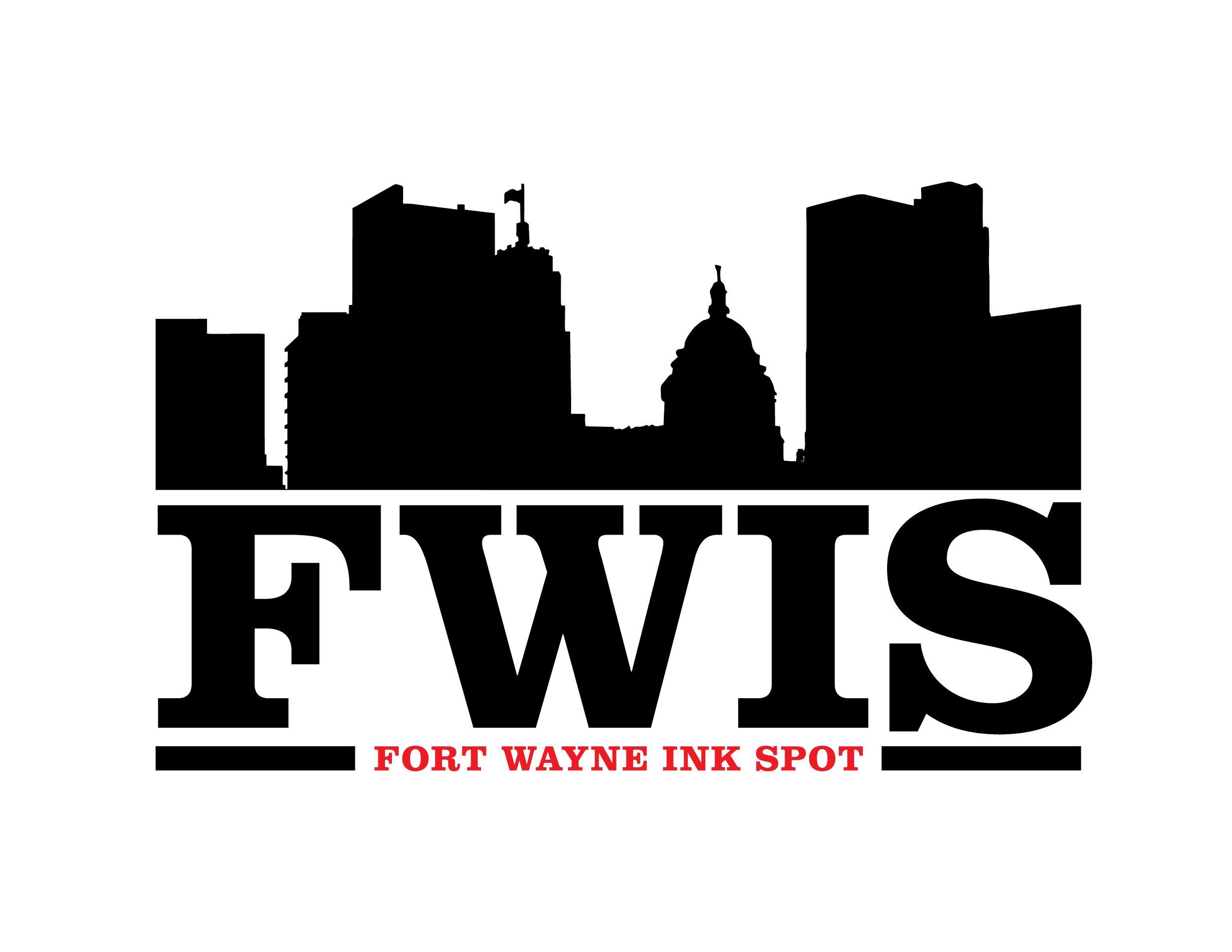A Quality, Sit-Down Restaurant: Link’s Wonderland

Link’s Wonderland has less than 10 full-time employees, but when the Southside landmark caters events, it will staff about 20 full-time and part-time help. But “we have less catering events than we did five years ago,” Alyssa Chapman, Link’s Wonderland co-owner and primary cook. “I’m aging, even while I’m sitting here.” She does multiple jobs, along with her niece and co-owner Kala. Everyone is tired. But there’s work to do.
Link’s began as an idea to provide more entertainment options, an oasis for black folk “to go where they weren’t necessarily being ostracized or made to feel uncomfortable,” Chapman said. Link’s was evidence “that we can have the same things for our communities that other people are providing for theirs.” Doors were opened in 1977.
Link’s -- a skating rink, a bowling alley, a movie theater -- wasn’t necessarily marketed for its restaurant. Today, the Wonderland’s economics revolve almost entirely around food, either as a sit-down restaurant or as a catering provider.
Alyssa Chapman sat down with Fort Wayne Ink Spot to discuss Link’s 2018 identity.
Fort Wayne Ink Spot (FWIS): You’ve had to weather some storms as a business owner, including the passing of your father and Wonderland namesake Link Chapman in 2007.
Alyssa Chapman: In the 1980s, the economic downturn, loss of jobs for major factories in town like the International Harvester and Tokheim, affected us directly. A large portion of the black community had good paying factory jobs or well-paid desk jobs. When people have to tighten their belt, the first things they cut out are entertainment and things they deem unnecessary.
The same thing happened in 2008/9 [when the housing market plummeted], but there was no longer a face to put on a place. (My father passed in 2007). We were Link’s offspring but because we hadn’t been in the forefront, I think a lot of people felt like we were unable or unwilling to meet the need of a community. We lost bookings. But we’ve managed to survive.
FWIS: What types of things have you done to endure the slow periods?
Alyssa: Personal pay cuts, deep discounts, and a willingness to work with people on payment options. In the past, it was a pay upon completion or a full payment prior to beginning of an event. Now we might stretch out payments over a year.
The reality is that we are in a depressed area of town. When people spend large sums of money, they want to feel as if they have gone somewhere. So your clientele becomes a smaller pool of people willing to come here; there’s no longer a family, generational loyalty
We aren’t always able to compete with the Grand Wayne Center or other venues. In order to modernize, I have to count on a certain amount of revenue. If I take out a loan, and I still don’t have people who are willing to spend here when the bill comes due, how do I make the payment? So, you kind of exist as opposed to live.
FWIS: How do you respond to the statement that the Southeast Side needs a quality, sit down restaurant?
Alyssa: We are a sit down quality restaurant. When I go out to eat, I’m looking at what’s being presented but I’m also tasting what’s being presented. Larger quantities don’t equate with quality. Flavor-wise, I would stack our food with some of the best.
Right now in the restaurant we have, a lady who came of age in the ‘70s and her daughter who came of age maybe at the end of the ‘90s. Then there is the third generation. They feel a certain connection. I’m appreciative of it.
The fact that there aren’t “things” available for people in smaller sections on this side of town makes it very hard for people to feel that sense of community. That’s one of the reasons that Kala and I have tried to stay here. If we walk away, what becomes of this? Are we shirking our responsibility? Are we’re letting our people down? I don’t want to be person to let down the Southside.
